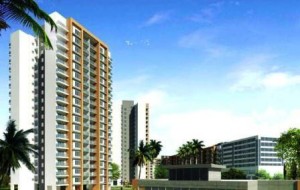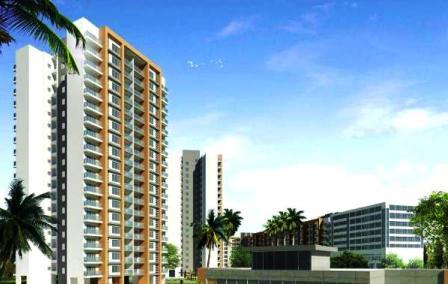By: Bhavna Modgil
Track2Realty Exclusive
 The new concept of integrated townships is now more about a single developer taking over a large tract of land. There are benefits too. “The infrastructure is under the developers’ control,” explains Anuj Puri, Chairman and Country Head, Jones Lang LaSalle India, adding that the developer can plan and use the FSI better, and long-term maintenance is a possibility.
The new concept of integrated townships is now more about a single developer taking over a large tract of land. There are benefits too. “The infrastructure is under the developers’ control,” explains Anuj Puri, Chairman and Country Head, Jones Lang LaSalle India, adding that the developer can plan and use the FSI better, and long-term maintenance is a possibility.
However, some property analysts believe integrated township also failed in the absence of a critical mass (minimum number of people). A hospital cannot be sustainable if there are not enough people, neither can a mall sustain itself. Therefore, some developers work on the equilibrium model where the amenities provided cater to just the population inside. Others provide amenities which can cater to a much larger population, adding value to the neighbouring areas as well.
Sanjay Dutt, CEO-Business, Jones Lang LaSalle India is of the opinion that firstly townships as a fully evolved and implemented concept are still a rarity in India. Apart from the Hiranandani project in Powai, Mumbai and Magarpatta City in Pune, there have been no instances of full fledged townships being launched in the formal configuration. Also, while the township concept is definitely the format of the future for India, it is currently fraught with problems that have a lot to do with the lack of maturity depth in the Indian real estate market.
A typical integrated township includes residential and supplementary facilities such as school, hospital, hotel and retail, which cater to the needs of a buyer. It is the smartest way to decongest the city and reduce pressure. There is hope as there seems to be a significant rise in the number of planned township projects by various leading developers.
However, the future of integrated townships would depend on infrastructure, amenities and quality of development. Zia is cautious, but optimistic, saying, “The very basic success criteria will however be employment creation in the vicinity of the township. The next parameter would be connectivity and support infrastructure from the established city centers”.
Typically, an integrated township must have the following key characteristics and elements:
Social infrastructure: An integrated township always has the basic social infrasructure essentials.
- School:
- Medicare:
- Recreation
- Community Centre
Service infrastructure: An integrated township needs to be self-contained in most aspects, essentially on basic infrastructure.
- Road network
- Water supply and management
- Electricity supply and management
- Communication infrastructure
Estate management: An integrated township should incorporate a well-equipped estate management.
- Garbage and waste management
- Infrastructure maintenance
- Security
Shopping and entertainment: An integrated township is incomplete without shopping centres and entertainment areas.
- Entertainment
- Shopping
- Food courts:





